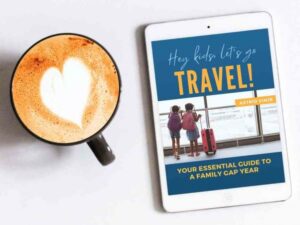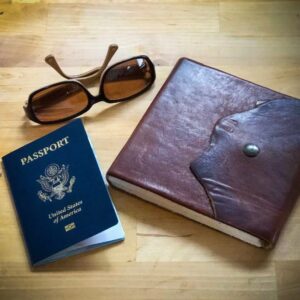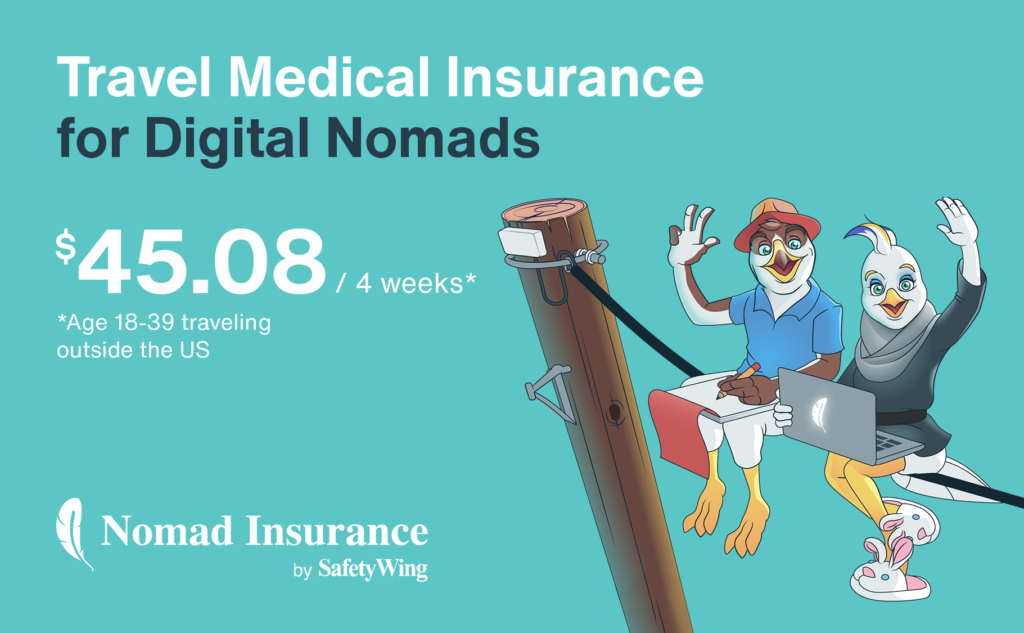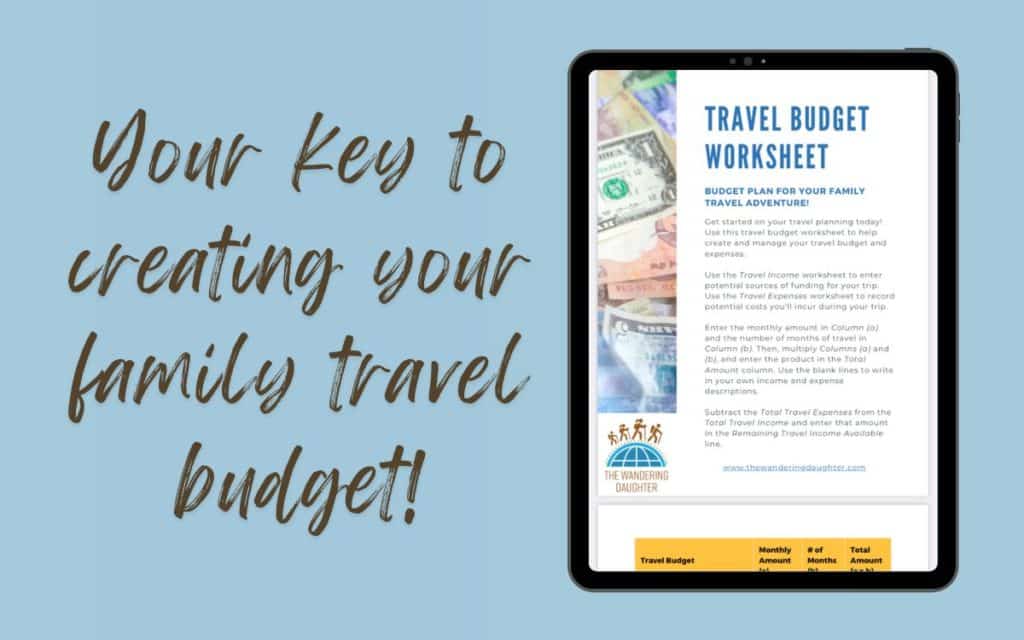Best Travel WiFi Router (And 7 Tips for How To Use A Portable Router)
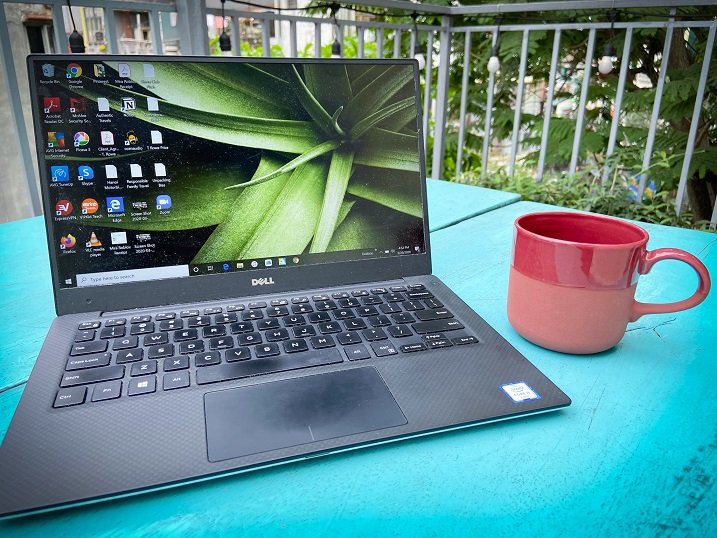
As a digital nomad family, one of the most useful tools for staying connected is a travel WiFi router. In this guest post, my husband, Clint Bush (who works full time as a software engineer), shares his reasons why you need a portable router for travel.
We’ve been working remotely since 2018. As a remote worker, it’s important to have consistent internet connection. Nothing is worse than being on a Zoom call (or leading a meeting, for that matter) and dropping out because of an unstable connection.

Even though we always get a local data SIM card, so we can use a WiFi mobile hotspot from our phone if the internet goes down, our travel WiFi router is by far one of the key tools in our digital nomad toolbox. Read this post to learn which travel WiFi router brands we prefer, and why you’ll want to travel with a portable WiFi router.
This post was written by Clint Bush and originally published on November 18, 2018.
This post may contain affiliate links. That means I may receive a small commission if you click on the link and purchase something. But don't worry, this will not result in any extra costs to you.
Our top picks for a travel WiFi router
Want some quick tips for which travel WiFi router to choose? Here’s our top pick for a portable WiFi router, along with our pick for a mesh network and WiFi extender.
- Travel wifi router: GL. iNet Slate AX (GL-AXT1800)
- Mesh network: Amazon eero 6+ mesh Wi-Fi system (up to 4,500 sq. ft.)
- WiFi extender: TP-Link WiFi Extender (up to 1,200 sq. ft.)
What is a travel WiFi router?
For those who might not know the function of a travel WiFi router, here's a quick IT lesson. Internet connection gets sent in analog form through a cable from the cable company into your hotel or home. The cable connects to a modem that converts it from an analog signal to a digital signal.

A router then connects to the modem (or is built into the modem) via a cable. That router turns the internet signal into radio frequencies that are broadcast out. This is WiFi (short for wireless fidelity) - the radio broadcasting of internet signals.
Since the WiFi signal is a radio frequency, it is subject to interference that can be caused by other radio signals in the air, microwaves, concrete walls, etc. The point is if you only have a single router outputting a signal on one end of the house or hotel, and you are on the other end, how strong is the signal going to be?
For travelers, and especially digital nomads who rely on reliable internet for work, one quick fix is to carry a portable wireless router.
Travel WiFi router brands to buy
In terms of a good travel WiFi router, as well as a WiFi extender or a mesh network, there are several major brands out there. If you’re planning on using a virtual private network (VPN) such as ExpressVPN, they have a list of routers (such as the Netgear Nighthawk) they directly work with, but I find them too bulky and expensive especially for travel.
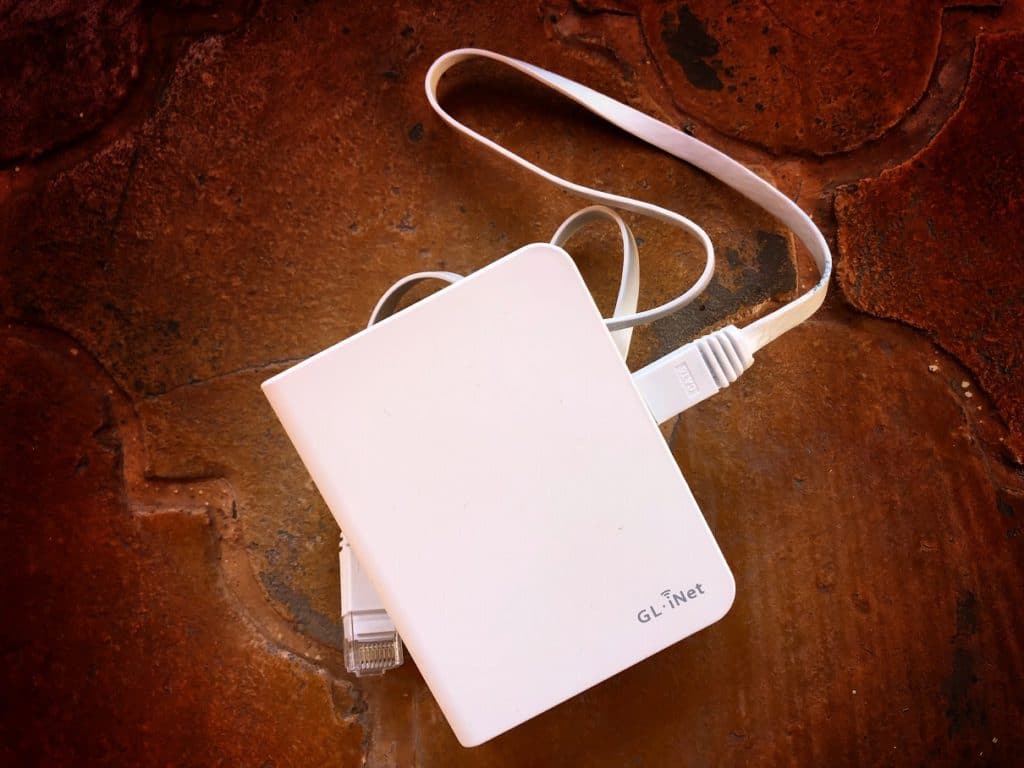
I prefer a more compact travel router that can run OpenVPN directly. While this involves additional setup and requires some network knowledge (Express VPN has a good walkthrough), the small size of the travel WiFi router makes it convenient for travel.
If you want to try out Express VPN, snag my referral code to get 30 days free!
One major advantage of the bulkier Express VPN-approved travel WiFi routers compared to a mini wireless router for travel is speed. This is especially important when using a VPN. Our small travel WiFi router does a great job, but if we need to stream video the travel router WiFi can’t always handle that. VPN speeds can throttle quite a bit. Getting one of the bigger approved routers can increase your connection speeds and handle larger bandwidth loads better.
However, if you’re traveling, you’ll want to focus on compactness, rather than bulk. Besides a travel WiFi router, you can also consider traveling with a mesh network (multiple travel routers that connect to the original router to act as a single network) or a WiFi range extender (that extends your WiFi signal). Here are the top brands of wireless travel routers that we recommend.
GL.iNet
We like GL.iNet because their products perform consistently well. We traveled with the GL.iNet GL-AR750 (Creta) travel WiFi router in the past, as well as an older version of the GL.iNet GL-MT3000 (Beryl) wireless travel router. However, there are plenty of other travel WiFi routers from GL.iNet that you can bring for your travels.
The GL.iNet travel routers we recommend have a USB port and an ethernet port (or multiple ports) so you can plug into the device directly. Click the buttons below to look at these travel WiFi routers from GL.iNet.
Amazon eero
If you’re planning on staying somewhere that will give you direct access to the original router, then bringing along a mesh network might be more useful than a single travel WiFi router. Essentially, a mesh network is a set of routers that link to the main router to create a blanket network throughout the space, sending consistent wireless signals. This is ideal if you’re planning on housesitting or staying at someone’s house, as you’ll likely be able to directly connect with the main internet router.
One drawback of traveling with a mesh network is that you’re bringing multiple devices instead of just one item (the mesh network usually comes in sets of 3). Additionally, mesh networks tend to have a higher price point (because they’re multiple devices), so you’ll need to be careful when traveling with these expensive devices.
Check out these mesh networks from Amazon eero.
TP Link
We have not personally used TP Link, but have read positive reviews of their devices. Like GL.iNet, they offer a travel WiFi router that travelers can use. And like the Amazon eero, they also have a mesh network option.
TP Link also offers a dual band WiFi extender, which can help extend the range of WiFi signals from your Airbnb or hotel WiFi router, using both 2.4 GHz and 5 GHz frequencies. This extender requires a United States outlet for its power supply, but you can carry a power adapter if you’re traveling overseas.
One thing to note about using a WiFi extender, the strength of the signal will be weak at its farthest point of the extender range.
Benefits and tips for how to use a portable router
There are many benefits to carrying a travel WiFi router with you whenever you travel. Primarily, a travel WiFi router helps repeat the WiFi signal and minimizes the instances of spotty WiFi. Additionally a travel WiFi router allows for multiple devices to connect to the WiFi network, and allows for use of a VPN.
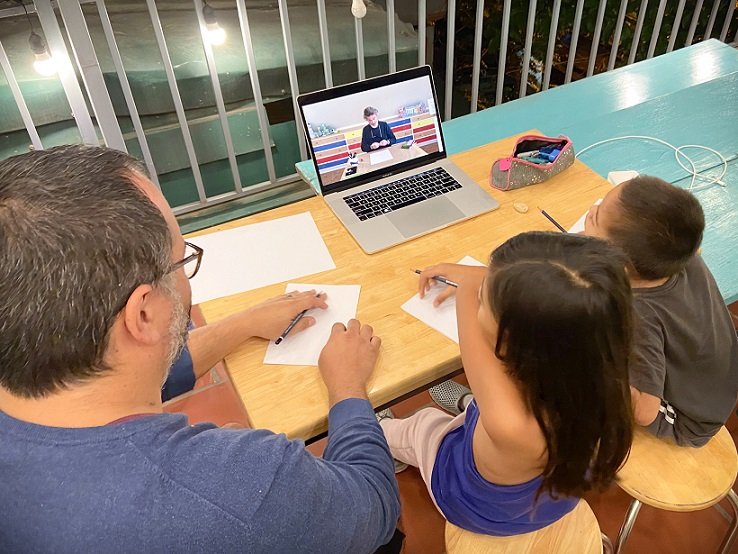
Once you know the benefits of having a travel WiFi router, it’s also helpful to know how to use a portable router. Here are some details of why a travel WiFi router is beneficial for travel, and how to use a portable router (and VPN) for travel.
1. WiFi repeating
This is the first benefit of your own travel wifi router: repeating the signal. Many routers these days have the ability to pick up an existing WiFi signal and extend or repeat that signal.
By placing an additional portable router closer to the WiFi signal, you can extend the distance of that WiFi signal. This increases your coverage across the house or hotel room. You will lose a bit of speed when you do this. Keep that in mind if you are trying to stream a video or play a game online.
2. Optional hard-wiring to skip spotty public WiFi
This tip will only help you if you are in a hotel that has an ethernet cable available to you. This is usually the case in business hotels, or if the home or AirBnB you are staying at has the router directly in the unit.
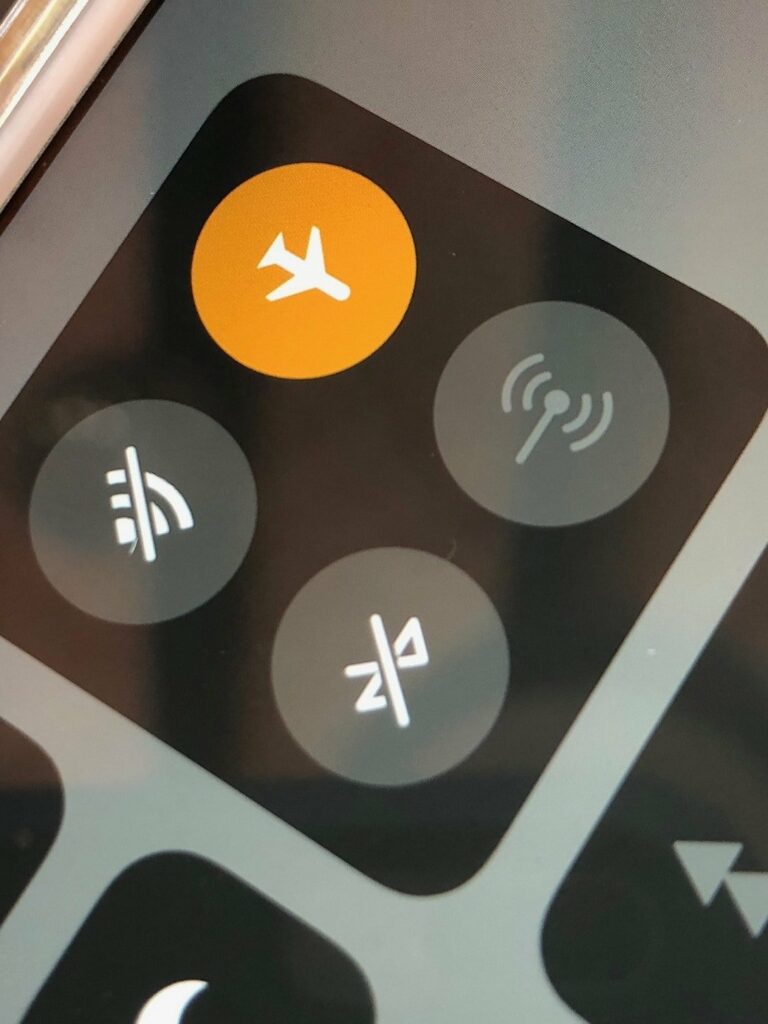
If either of these are the case, and you have the option to plugin an ethernet cable, then having a portable router can allow you to create your own WiFi network off of that wired connection. That means all of your devices can connect to a single WiFi source. This is way more reliable than the public WiFi available to you.
3. Easy connecting for multiple devices
One of my favorite reasons to use a portable router is the ease of connection setup when I get to a new location for all of our devices. Between our family we have multiple laptops, tablets, phones, and a Roku. Setting up each of these with new WiFi would be a pain in the neck.
My solution is to connect them to the WiFi network I created on the portable router. That way, I just set up the portable router at the new connection. Voilà one device setup and all devices are connected.
We’ve done this while we were slow traveling in cities like Jakarta, Indonesia and Guanajuato, Mexico.
4. Running VPN directly through a router
If you are using a VPN (and you absolutely should be using a VPN when you're connecting to WiFi outside your home!), you usually run it through each device through an application or VPN configuration. This works perfectly fine for my wife and me, since we remember to turn it on before using the public WiFi.
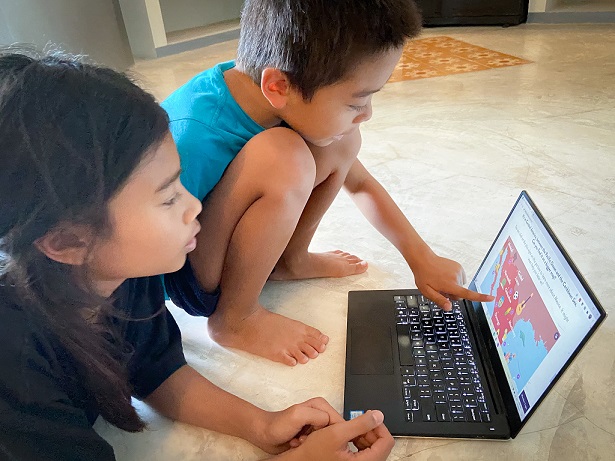
My kids, on the other hand, they never remember. So if they jump on a device, they are accessing the internet without protection. Of course, they are not logging into bank accounts or sharing sensitive information so it’s not that big of a deal. However, for ease of mind, I still want to make sure they are keeping our information secure.
Read up on the other useful travel gear and tools we travel with around the world.
5. Using a VPN Connection with your travel WiFi router
When it comes to choosing between using VPN vs travel router, there actually isn’t a choice. You should be doing both to ensure that your personal and confidential information remains secure.
Having a travel WiFi router that allows for VPN connection directly through the router is the way to go.
By running the VPN directly through the router, I now know that my kids are automatically connected to the VPN as soon as they start using their device.
6. Advantages of running a VPN through a router
There are several other advantages of running VPN this way too:
- ExpressVPN and other VPN services usually limit your devices you can connect to the VPN at a single moment. ExpressVPN for example limits you to three devices at a time. Have two phone and two laptops between my wife and I alone, we already exceed that. By running the VPN through the router, it only counts as one device rather than four.
- My work laptop can’t run a VPN application on it for a number of reasons, so using it through the router is the only option I have.
- Roku and other similar devices usually don’t have a way to connect to VPN, so running them through the router that has VPN is the only way to go.
7. Setting up your travel WiFi router
The actual steps on setting up a portable router will vary from router to router, but here are some tips that helped me:
- Find a spot that is centrally located if possible and sit the router mid-level or higher for best broadcasting.
- Plug the router directly into the modem or existing router if possible using an ethernet cable. This will give you the best signal strength.
- When repeating the existing WiFi signal, do some speed tests on the existing network to find the fasted available network to connect to. Sometimes that is only 1 network, so you won’t have any options there. If there are 5GHz vs 2.4GHz options, experiment with both to see which of the connections your router works best with. There’s a whole side discussion about 5GHz and 2.4GHz that I am going to skip for now, but hit me up if you have any questions regarding that.
- Plug the router into a surge protector if possible. Since it will always be plugged in, there is a high risk of power surge. Protect your investment by unplugging at night or plugging into a surge protector.
- Use a WPA-2 password key when creating your WiFi network on the router. This will give you the best protection.
- Remember when using your portable router, your data is not encrypted unless you are using a VPN. Sometimes there’s a false sense of security because you are using your own router and not the existing Public WiFi. Always use a VPN.
Learn about our digital nomad worldschooling lifestyle.
Travel WiFi router: a must have for digital nomads
For those of you living a nomadic lifestyle, and even if you aren't, having a reliable internet connection while you travel is important. There’s no need to be standing by a window all day hoping that your cell phone gets a strong enough signal to hotspot! Those days are over!
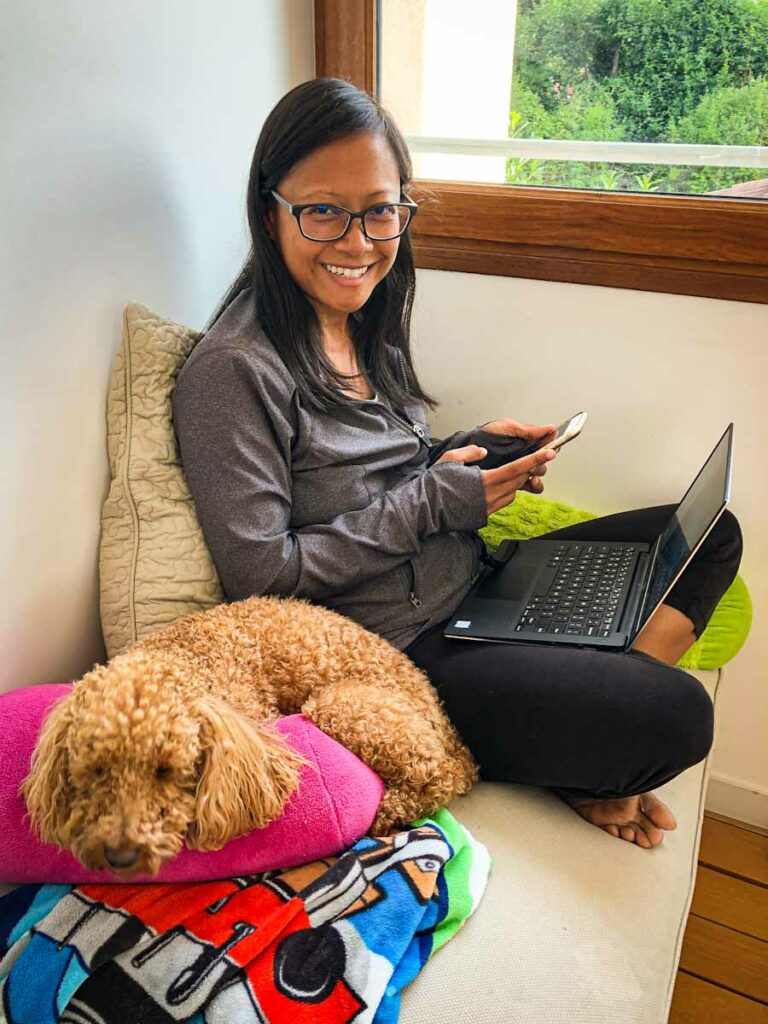
With a travel WiFi router (or a mesh network or WiFi extender), you can ensure that you stay connected to the internet. And that’s an important tool to have to help you live the digital nomad travel life of your dreams!
Do you have recommendations for your favorite travel WiFi router? Send me a message and let me know which travel WiFi router you prefer.
Are you wondering what other tools you need to lead a full-time travel lifestyle with your kids? Get a copy of my ebook, Hey Kids, Let’s Go Travel! to get started on planning a family gap year.
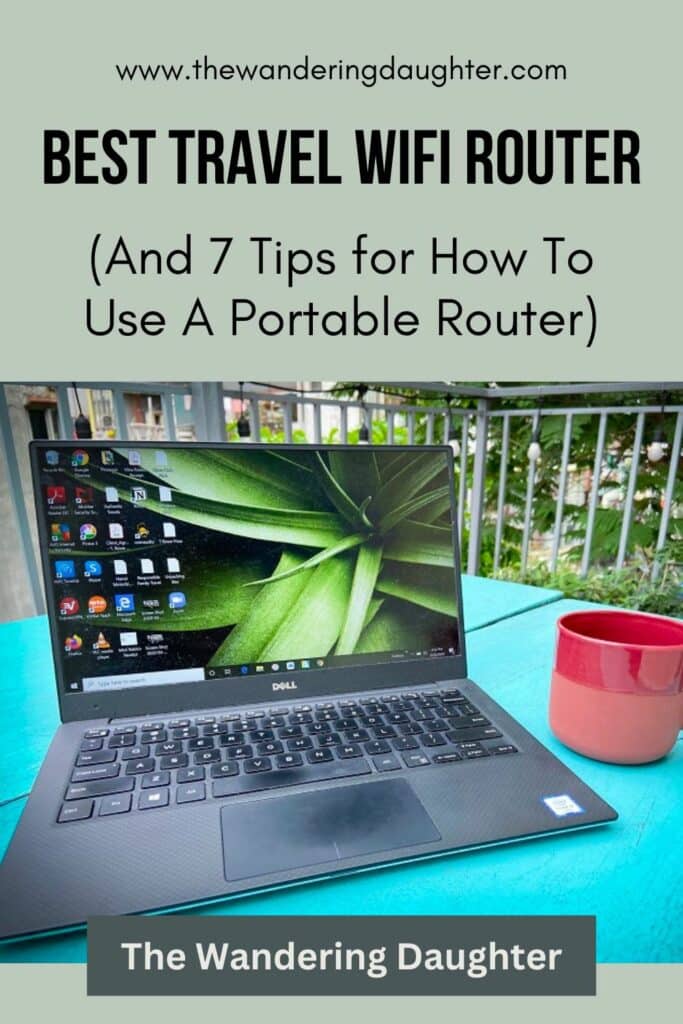
Need help thinking through how to budget for a family trip? My Travel Budget Worksheet is just the tool you need! Click here to receive your free copy by signing up for my newsletter.
Want to connect with me on social media? Find me on Facebook, Instagram, Pinterest, and Twitter. And for those of you who are dedicated to traveling more responsibly, sustainably, and ethically, join over 500 like-minded families on my Facebook group, Responsible Family Travel.

